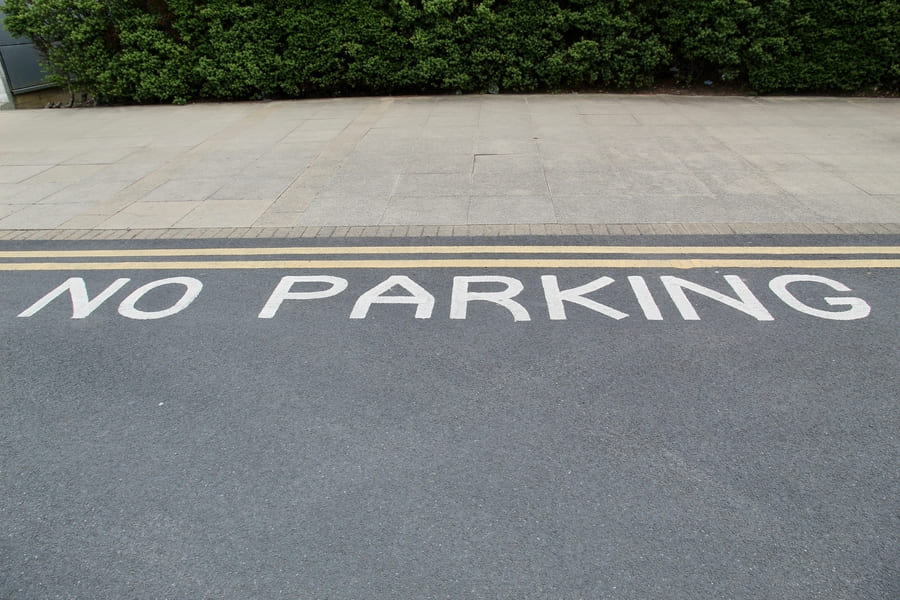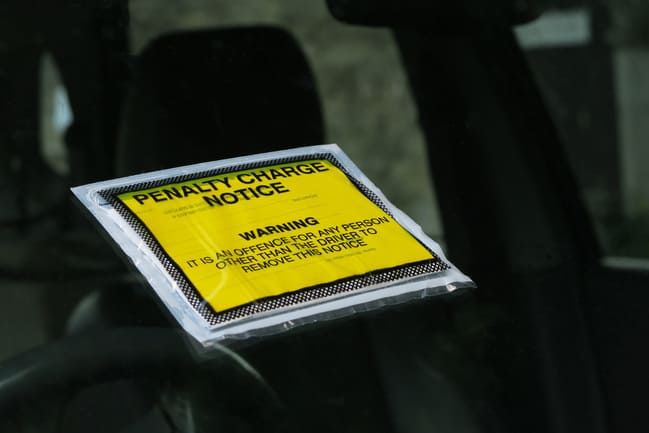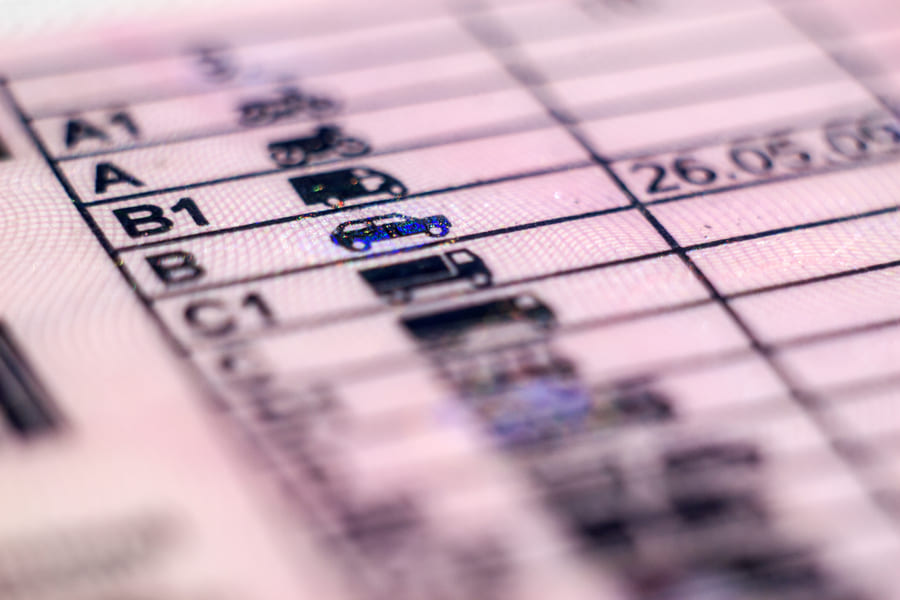
Parking rules in the UK can be complicated. Where parking is permitted, for how long, and when are the questions that we will address in this article.
Yellow, red, and white lines – decoding the colours
Yellow
Drivers are often unaware of the difference between a single yellow and a double yellow line and as a result, when they see yellow paint on the road they think it means no parking – ever. This is not entirely correct. A single yellow line on your side of the road means that there are waiting restrictions in place.
All the information you need will be on a small yellow sign nearby, usually fixed to a lamp post, fence, or pole. The sign will contain a “No waiting” sign and will tell you the restrictions and any exceptions. For example: “No waiting 8 am to 11 am Mon-Fri”. (The terms waiting and parking mean the same thing) or “Parking one hour, no return within two hours”. In tourist hot spots you may also see restrictions such as “No waiting June to September”.

Where and when
It is often rush-hour when these restrictions are in place in order to improve the traffic flow. You may also find that the restrictions are in place in the morning on the side of the road going into a town or city centre and in the evening coming out of the town centre. Outside of those times, you can park there unrestricted. If there are no other restrictions, you can also stop on a single yellow line for the following reasons:
- Picking up or dropping off passengers – but waiting while they do their shopping is not allowed.
- Loading and unloading of goods that have already been paid for
- If you work as a courier, collecting and delivering parcels
- If you’re picking up an item of furniture that you’ve already purchased
If you are parked there for one of the above reasons, you are parked legally and there is no need to use hazard warning lights. Blue badge holders may also park there for the time specified in their handbook as long as they are not causing an obstruction.
If there is a second yellow line this means that the restriction is enforced 24 hours a day and you won’t need to look for a sign on a lamppost. If you see yellow lines painted up the kerb and onto the pavement, known as a “loading tick”, then the loading of goods is specifically restricted. Check the sign to find out exactly what these are. For example, “No loading 8 am to 10 am”. If there is a second tick, i.e. double ticks, then this means the restriction is enforced 24 hours a day. You can still stop to drop off or pick up passengers.
Red lines
These are far more severe than the yellow ones because they mean NO stopping. A single red line tells you to check for signs informing you of the times of the “no stopping” restriction and a double red line means that it’s a 24-hour a day restriction. When these are in force, dropping off passengers is not permitted unless they are disabled and loading and unloading is also not allowed. Look for a designated loading bay marked with dotted lines. On long stretches of road with few junctions, you may see an urban clearway sign instead of double red lines.
White lines
If you are on a street which has a double white line you are not allowed to park there and you could be given a hefty fine of £100. If the police decide to take legal action against you it could cost even more, so best avoid this altogether. Single white lines on the other hand, are often used to keep people from parking, but it isn’t illegal to do so. The same applies if the line is on a speedbump. To be on the safe side, check with your local authorities because laws could differ according to location.

Zigzag lines
If you see white zigzags you know that you are at a pedestrian crossing and parking is not allowed. You are most likely to see the yellow zigzags near hospitals and police or fire stations where quick entry and departure of vehicles is necessary.
Residential street parking laws

Street parking can sometimes be annoying if people are blocking the streets or blocking your driveway. As a homeowner, or occupier of a premises, you have no special right to park outside of your own home. All road users have the same right to park anywhere on the street as long as they are not contravening any traffic or parking restrictions. There also isn’t any time limit for how long they can park there. If it does seem that the vehicle has been abandoned, the police might intervene.
You also cannot reserve a parking space outside of your house. The exceptions could be if you have a wedding or funeral and you need the spaces for people to park on the street. In this case, you require special permission from your local authorities. If someone parks on your driveway, they are committing trespass which is a civil offence, not a criminal one. In this case, the police may choose not to get involved. Don’t be tempted to take your frustration out on their car, because any damage caused deliberately would be considered criminal damage and you could be prosecuted for this. You should contact the police or local authority to have them try to resolve the issue.
If the driver in question is a repeat offender, you could possibly sue them for nuisance on the basis that they are interfering with your use and enjoyment of your property. Needless to say, you would need to know who they are in order to do this. If the car is blocking your access to the road, they are committing an obstruction to the highway and you should contact the police. In the case of driving and parking on the pavement, it is an offence under section 72 of the highways act to purposefully drive onto or over the pavement even if only for a few seconds.
Stay informed
As you may have noticed, the parking rules in the UK can vary depending on where you find yourself. Many unlucky motorists have incurred costly fines simply because they weren’t aware of the parking regulations. Before you head out to uncharted waters, check The Highway Code online and find out exactly where and when you are allowed to park your car.
- @user_363044008.09.2025 15:09Member
I am new here. Nice to meet you.








Comments – 1